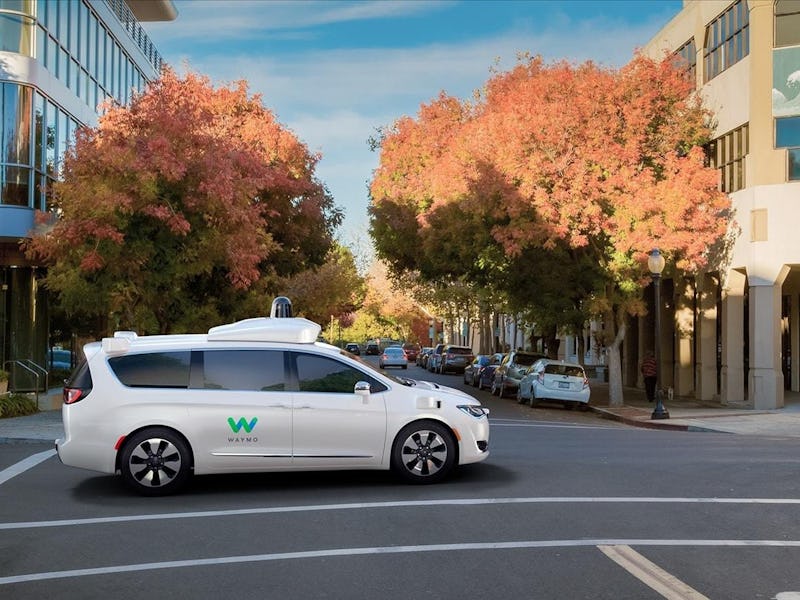In Detroit on Sunday, the head of the auto industry’s newest company made a claim that’s in opposition to every other company here for the North American International Auto Show: “We’re not seeking to build a better car.”
“Our goal is to build a better driver,” said John Krafcik, CEO of Waymo, the company that spun out of Google’s X division late last year as a new enterprise under the Alphabet corporate umbrella.
That “driver” is actually autonomous driving technology. It’s “a driver that’s never tired, or distracted; a driver that can see 360 degrees, whether it’s pitch-black or under the glaring sun,” Krafcik told the gathered media in his first presentation as CEO of the new company.
Krafcik on Sunday in Detroit.
The big news: Waymo hopes that its autonomous technology, once baked into mass-produced cars, will become very, very cheap. That’s because the Google-founded company has developed its tech in-house. It’s a “full-stack approach” for autonomy, Krafcik said.
“Designing our own LIDAR (“Light Detection and Ranging”) system has not only given us a more reliable product than what we can get off the shelf, but it’s enabled us to do it at a fraction of the cost” Krafcik said. “Just a few years ago, a single top-of-the-range LIDAR unit would have cost about $75,000. Today, we’ve brought that cost down by more than 90 percent. That’s nine-zero. As we scale, we’ll take that cost down even further, with the goal of making this technology accessible to millions of people.”
So, the day where your autonomous driving technology is practically free may be sooner than you’d guess.
The Waymo-driven minivan: Look for it on the roads in California and Arizona later this month.
The first iteration of Waymo’s tech can be seen in 100 Chrysler Pacifica minivans, although reports suggest that number has been doubled. The minivans — we first saw photos of them late last month — have three LIDARS that detect pedestrians and which direction they’re facing, Krafcik said. There’s also short-range LIDAR and long-range LIDAR that provides long-range vision.
“Imagine being able to see a football helmet, but two full football fields away,” Krafcik offered.
Waymo’s autonomous system doesn’t solely rely on cameras, because lighting severely limits a camera’s capability. Instead, eight vision modules (each using multiple sensors) and other sensors can detect construction cones in the distance. Its radar system has a 360-degree view (unlike traditional radar that has a narrow view) and backs up other sensors in poor weather conditions like rain or fog.
“Our LIDARs pick up where our radars and cameras leave off, and vice versa,” Krafcik said. “Each of these three unique sensing systems delivers a continuous 360-degree perspective, giving us an extraordinarily rich view of the world.”
So when can we see these cars IRL? Krafick also broke this news on Sunday: The first Chrysler minivans controlled by Waymo will hit the road in Arizona and California later this month.
